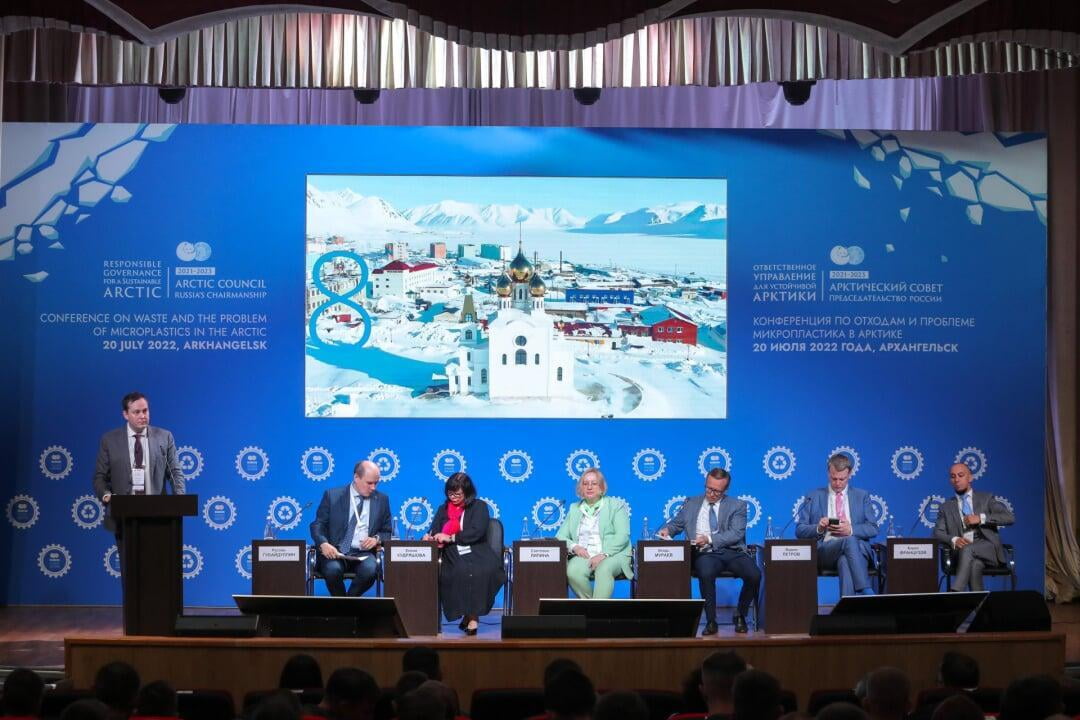1. Study proves microplastics can be absorbed by cells
Numerous studies have proven that microplastics have entered various tissues in the human body, including the lungs and blood. Recently, a team of scientists from the Federal Institute for Risk Assessment in Germany proved that cells cultured in the laboratory can absorb microplastics, and the smaller the particles are, the more they are absorbed. The study helps narrow the understanding of the health effects of microplastic particles, but it cannot simply be applied to humans at this time. The relevant findings have been published in a recent issue of the journal Microplastics and Nanoplastics.
2. Study finds: microplastic particles may be a potential cause of mental illness
A recent study by a team of researchers from the School of Animal Science and Technology, Huazhong Agricultural University, China, reveals a potential mechanism of action of microplastic particles in psychiatric or neurodegenerative diseases.
3. Microplastics in the Arctic Discussed at Arkhangelsk Conference in Russia
Russia hosted a conference on waste and microplastics in the Arctic in Arkhangelsk as part of the important activities of the Russian chairmanship of the Arctic Council in 2021-2023. The issues of environmental protection and climate change in the Arctic are also an integral part of the agenda. The Russian Ministry of Foreign Affairs is ready to assist in every possible way in establishing and developing a dialogue between Russian scientists and various foreign teams, not limited to the member states of the Arctic Council.
The conference agenda also included three sub-sessions on various aspects of the Arctic environment. Conference participants discussed national ecological projects, waste management in the Arctic, and ways to correct the environmental damage that has been caused, and also examined best practices in managing municipal waste and implementing the provisions of international conventions and environmental protocols. They also considered other aspects of plastic waste management in the region, the elimination of marine pollution, and the proliferation of synthetic polymer particles.


